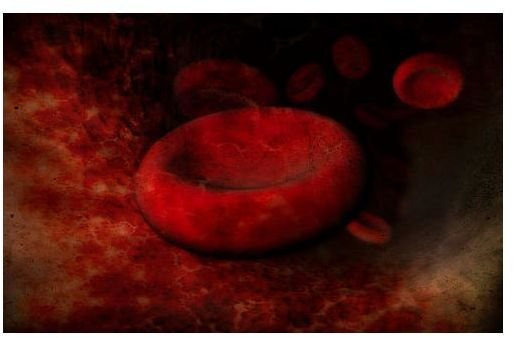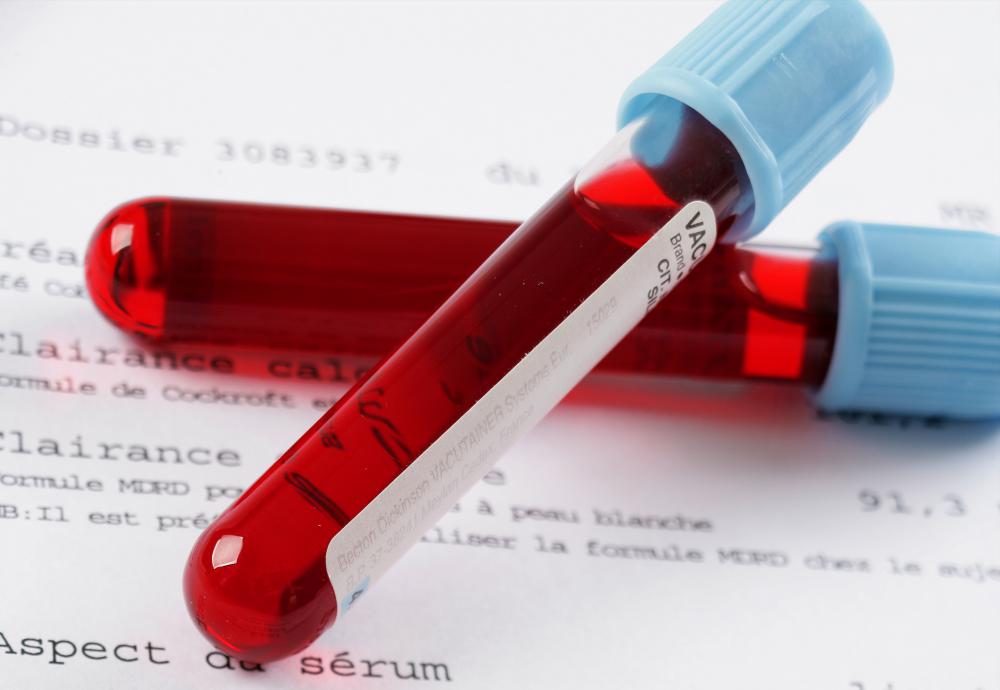

But the red blood cell indices and the blood smear also help with the diagnosis and may show a possible cause for the anemia. For example, the red blood cell (RBC) count, hemoglobin (Hgb), and hematocrit (HCT) are the most important values needed to tell whether a person has anemia. Your doctor may use all the CBC values to check for a condition. Normal values for the complete blood count (CBC) tests depend on age, sex, how high above sea level you live, and the type of blood sample. A value that isn't in the normal range may still be normal for you. Your doctor will also look at your results based on your age, health, and other factors. Your lab report should show the range that your lab uses for each test. If the platelet count is normal, the MPV can still be too high or too low.Įach lab has a different range for what's normal. MPV is used along with platelet count to diagnose some diseases. Mean platelet volume measures the average amount (volume) of platelets.

Also, platelets may be involved in hardening of the arteries ( atherosclerosis). If there are too many platelets, there is a chance of a blood clot forming in a blood vessel. If there are too few platelets, uncontrolled bleeding may be a problem. When bleeding occurs, the platelets swell, clump together, and form a sticky plug that helps stop the bleeding. Platelets (thrombocytes) are the smallest type of blood cell. It shows if the cells are all the same or different sizes or shapes. Red cell distribution width (RDW) can also be measured. These numbers help in the diagnosis of different types of anemia. The MCHC measures the concentration of hemoglobin in an average red blood cell. The MCH value is the amount of hemoglobin in an average red blood cell. The MCV shows the size of the red blood cells. They are measured by a machine, and their values come from other measurements in a CBC. There are three red blood cell indices: mean corpuscular volume (MCV), mean corpuscular hemoglobin (MCH), and mean corpuscular hemoglobin concentration (MCHC). It's a good measure of how well the blood can carry oxygen throughout the body. The hemoglobin test measures the amount of hemoglobin in blood. It carries oxygen and gives the blood cell its red colour. The hemoglobin molecule fills up the red blood cells. Hematocrit and hemoglobin values are the two major tests that show if anemia or polycythemia is present. For example, a hematocrit of 38 means that 38% of the blood's volume is made of red blood cells. The value is given as a percentage of red blood cells in a volume of blood. This test measures the amount of space (volume) red blood cells take up in the blood. Hematocrit (HCT, packed cell volume, PCV).

This also makes it hard for your red blood cells to carry oxygen. If the count is too high (a condition called polycythemia), there's a chance that the red blood cells will clump together and block tiny blood vessels (capillaries). If the RBC count is low (anemia), the body may not be getting the oxygen it needs. They also carry carbon dioxide back to the lungs so it can be exhaled. Red blood cells carry oxygen from the lungs to the rest of the body. Too many or too few of the different types of white blood cells can help find an infection, an allergic or toxic reaction to medicines or chemicals, and many conditions, such as leukemia. The numbers of each one of these types of white blood cells give important information about the immune system. Each type of cell plays a different role in protecting the body. Immature neutrophils, called band neutrophils, are also part of this test. The major types of white blood cells are neutrophils, lymphocytes, monocytes, eosinophils, and basophils. White blood cell types (WBC differential). The number of white blood cells is sometimes used to find an infection or to see how the body is dealing with cancer treatment. When a person has a bacterial infection, the number of white cells rises very quickly. White blood cells are bigger than red blood cells but fewer in number. If an infection develops, white blood cells attack and destroy the bacteria, virus, or other organism causing it. White blood cells protect the body against infection. A CBC also helps him or her diagnose conditions, such as anemia, infection, and many other disorders.Ī CBC test usually includes: White blood cell (WBC, leukocyte) count. A CBC helps your doctor check any symptoms that you may have, such as weakness, fatigue, or bruising. A complete blood count (CBC) gives important information about the kinds and numbers of cells in the blood, especially red blood cells, white blood cells, and platelets.


 0 kommentar(er)
0 kommentar(er)
